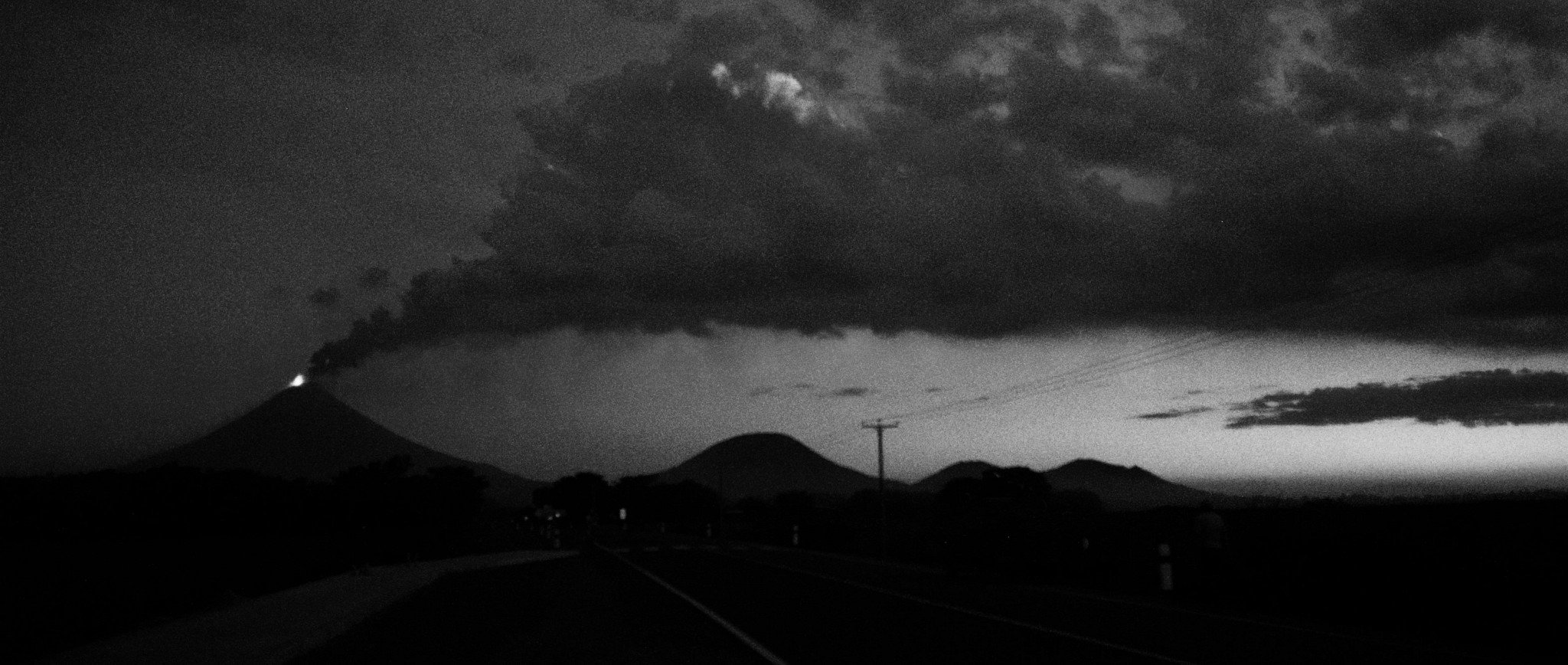Strombolian Eruption of Momotombo Volcano in 2015: Insights into Subduction-related Magmatic Processes in the Central American Volcanic Arc

The Momotombo volcano in Nicaragua erupted on December 1, 2015, after being dormant for almost 100 years. Because of the volume and suddenness of the eruption, this event drew the attention of both the scientific community and the general population. In this post, we will look at the geology of the eruption, what caused it, and how it affected the surrounding area.
Let's start with the geological history of the Momotombo volcano. The Central American Volcanic Arc is formed by the subduction of the Cocos Plate beneath the Caribbean Plate. This subduction results in the creation of a magma chamber beneath the Earth's surface, which, under certain conditions, might cause a volcano to erupt.
The eruption of Momotombo was caused by the release of pressure in the magma chamber. Because of the concentration of gas and molten rock, this pressure can build up over time. When the pressure becomes too high, the magma can be forcibly released out the volcano's vent, resulting in an eruption.
Momotombo's 2015 eruption was described as a Strombolian eruption, which is marked by explosive bursts of lava and ash. During the eruption, lava fountains reached heights of 700 meters, while ash clouds reached heights of 6 kilometers. The eruption also produced pyroclastic flows, which are fast-moving clouds of ash, gas, and rock capable of reaching speeds of up to 700 kilometers per hour.
The eruption's impacts were felt both locally and globally. The eruption's ash plume prompted airline cancellations and delays in the surrounding areas, as well as poor air quality in Nicaragua and adjacent nations. Furthermore, the eruption damaged structures and infrastructure in the volcano's near vicinity, and also led in the evacuation of almost 2,000 people from the surrounding area.
Volcanic eruptions, despite their destructive character, play a crucial role in Earth's geological history. Volcanic eruptions emit numerous gases, including carbon dioxide, sulfur dioxide, and water vapor. These gases can have both good and detrimental environmental consequences. Carbon dioxide, for example, can contribute to global warming, but sulfur dioxide can create acid rain. Volcanic ash and lava, on the other hand, can aid in the production of new land and soil, which can be advantageous to agriculture.
The December 1st eruption of the Momotombo volcano was a remarkable geological event that demonstrated nature's force and unpredictability. While the eruption caused destruction and disruption in the surrounding area, it also revealed important information about the processes that drive volcanic activity. We can better predict and prepare for future eruptions and reduce their impact on human populations and the environment as we continue to study and comprehend these processes.